S2K Commerce - Products Dropdown
- ${title}
S2K Commerce - Shopping Cart
- ${title}
Web Content Viewer
- ${title}

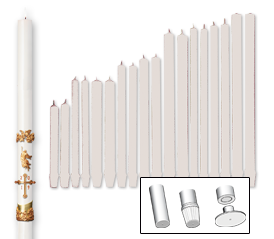
Quick Links
Preparing a Candle for Burning
Seat properly sized candle FIRMLY and VERTICALLY STRAIGHT in the candlestick. Tilted candles may cause irregular burning and dripping.
Approximately 3/4" of EXPOSED WICK is recommended for efficient burning. Trim if necessary.
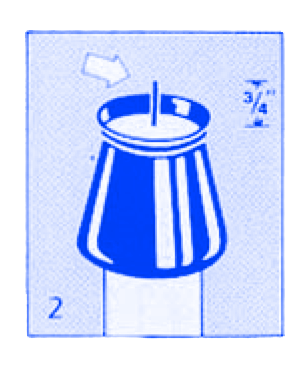
A candle follower must be used for the satisfactory and economical performance of your candle. Use only a follower that is the CORRECT SIZE for the candle diameter. Before seating a follower on any candle it should be cleaned of all wax both inside and out. To seat the follower place it on the shoulder of the candle giving it a snug 1/4" turn. Visually inspect follower to insure it is straight on the candle and that a perfect seal has been achieved. A perfect seal is when all edges of the top rim, or shoulder. of the candle are touching the inside of the follower.
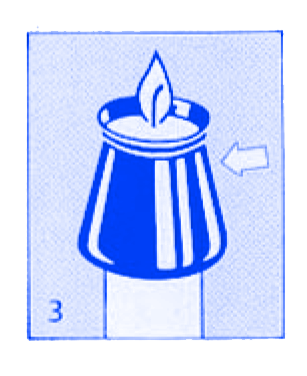
Before placing candles on the altar. STRAIGHTEN THE WICK and pre-condition the candle by burning for at least TWO MINUTES.
Lighting a Candle
Extend lighting taper 1 inch out from candle lighter BEFORE lighting.
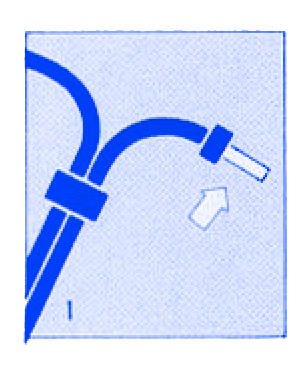
When lighting the candles do not touch candle wick or follower with the lighter. HANDLE LIGHTER CAREFULLY to avoid pieces of taper or wick from breaking off and falling into the candle cup. These broken off pieces may act as a second wick, creating a double flame resulting in candle failure.
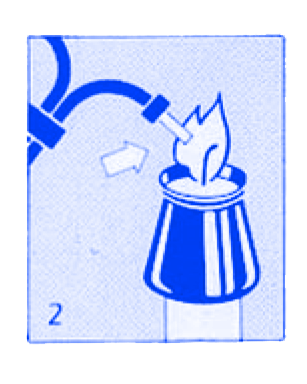
After extinguishing taper flame by retracting into candle lighter tube, IMMEDIATELY EXTEND TAPER OUT from tube to avoid wax build-up and jamming. Inspect to insure taper is completley extinguished.
Extinguishing a Candle
Always use a candle extinguisher to put out candle flame. Never blow out candle. To extinguish, gently place extinguisher over candle follower, being very careful not to touch either the wick or follower. The follower is resting on both liquid and soft wax. tilting it or compressing it with the extinguisher may cause the candle to malfunction the next time it is used.
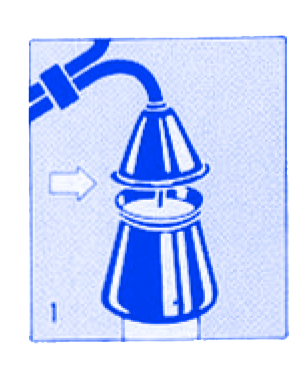
To avoid afterglow always allow a candle to burn at least two minutes before extinguishing. Afterglow may cause a wick to shorten itself making it difficult to relight.
What are the different ends of candles?
When buying candles for your church it is important to know what type of end you need for your candlestick or candle socket.
Plain End - This is the most common type of candle end. Exactly what it says.
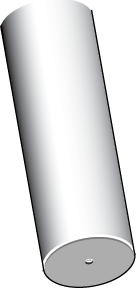
Self Fitting End - These type of candle ends are tapered to allow for the candle to fit in a slightly larger or smaller candle socket. They are a little more flexible
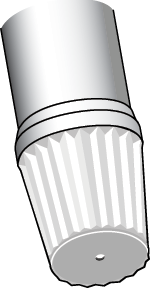
All Purpose End - These candles have a circular inset to allow the candle to slip overtop the candle socket. This is useful when you want to use a small diamter candle and then use an All Purpose Candle to slip overtop the same candle socket when you want a candle with a larger diameter. This saves you the trouble of switching out the socket each time you want to use a small and large diameter candle.
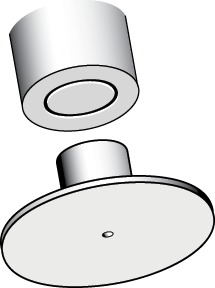
What are the different types of wax candles?
Why it matters?
When buying candles for your church it is important to find the right candle for your paticular needs or use. We also feel it is important to distinguish what we sell from what you see at the local big box retailer. Not all candles are created equal. Our goal is to educate our customers about our candles because we are proud to offer beautiful, quality candles, at affordable prices. We offer top quality candles that burn clean, long, and safe.
Candles as a Tradition and Symbol in the Church.
Candles have been used for light and to illuminate man's religious celebrations for more than 5,000 years. In the early years of Christianity, when followers were persecuted, beeswax candles were used in hushed ceremonies of small gatherings at night or in the catacombs surrounding Rome. Our church fathers proclaimed pure wax extracted from virgin bees as a symbol of the pure flesh of Christ received from His Virgin Mother. They taught us that the wick signified the soul of Christ, and the flame represented His divinity which absorbs and dominates both.
Which Candle Wax is right for you?
A well-made candle will burn clean, slow, and safe. Claims that one type of wax blend (ex:soy, palm, paraffin) always burns cleaner than another jare just not true. Many factors play a role in how a candle burns. With the right size wick, and not adding too many low quality additives any wax or wax blend can burn clean. It's all about the chemistry and how the candle is engineered and not always.
100% Beeswax - 100% Beeswax candles are the purest form of candle burning. Beeswax candle fuel is the only fuel that actually produces negative ions, which not only helps remove pollution from the air but increases the ratio of negative ions to positive ions, the ideal and necessary scenario for clean air.” In laywoman’s terms, this means they cause charged gunk (dust, pollen, odors, toxins, etc.) to fall from the air onto the floor via static electricity.
51% Beeswax - The 1904 decree stated that the Paschal Candle, the candles used in the blessing of baptismal water, and the two candles needed for the celebration of Mass, must be made of wax, at least “in maxima parte”; all other candles used on the altar must contain a “greater or notable part of wax.” This was interpreted to be over 50% thus the 51% Beeswax candle was born.
Stearine - Stearine candles are paraffin candles that contain the additive stearine. Stearine is a high quality, premium additive. It is a natural wax that produces a more solid white look as opposed to a candle that is made with a higher percentage of parraffin will look more opaque or clear.
Back to TopCare While Burning
Try not to disturb candles that are performmg satisfactorily.
Place candles out of the way of drafts. Air flow from sources such as ceiling fans, heating or air conditioning ducts, or perhaps a sacristy door that was left open, may need to be redirected.
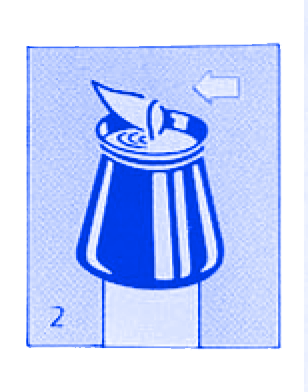
Inspect the top of burning cup of candles weekly to detect conditions that may cause improper burning. This is particularly important with Paschal candles where the burning cup is above eye level and problems might otherwise go undetected.
Broken portions of wick or foreign objects such as pieces of lighting tapers, matches. or wooden lighting sticks, that have become imbedded in wax MUST BE REMOVED to prevent them from acting as a second wick, creating a double flame resulting in candle failure. It may be necessary to recondition the candle head as described below.
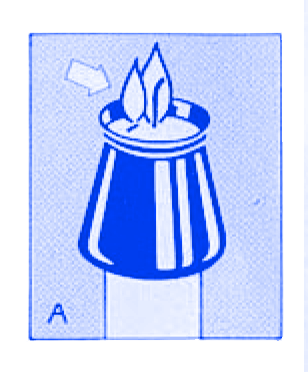
The candle wick has become too long and is perhaps curled over. This accelerates the burning of the candle and may cause the candle to malfunction. Trim the length of the wick back to W'. It may be necessary to recondition the candle head as described below.
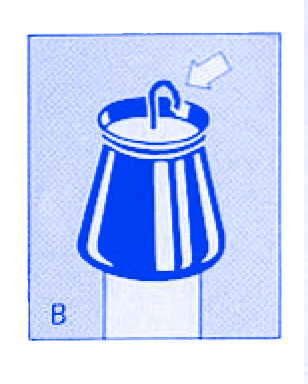
If the candle wick is too short it will be difficult to relight. Once lit the flame may not be large enough to allow the candle to perform adequately. It may be necessary to recondition the candle head as described below.
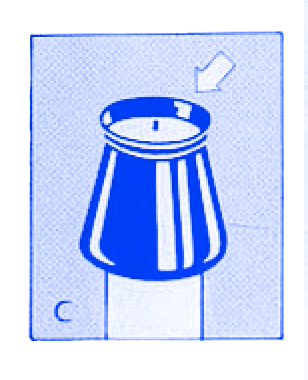
Large diameter candles must remain hot long enough for the entire top, or burning cup, of the candle to become hquified. For minimum burning times please refer to table on back page. In circumstances where a candle does not remain lit for the required length of time. it has a tendency to burn down the center of the candle body causing the candle to malfunction. When this happens it may be necessary to recondition the candle head as described below.
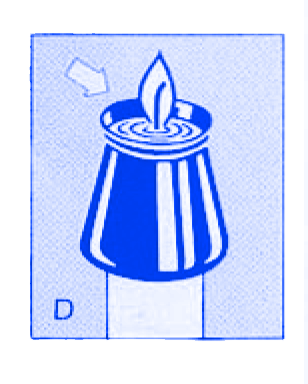
Reconditioning a Candle
Using a dull knife remove all debris and or darkened wax from head of candle. Next expose 3/4" of good wick being careful not to cut into or damage wick. Finish off by making shoulders of candle symmetncal and level, this IS most important to insure the proper reseating of a follower. Continue with step 3 under preparing.
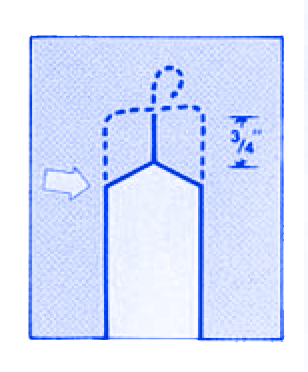
Candle Followers
Candle followers, also referred to as candle burners or wax savers, are available in all sizes to fit the largest Paschal to the smallest Altar candle. Candles properly fitted With followers will insure maximum burning time, and minimize the potential for problems.
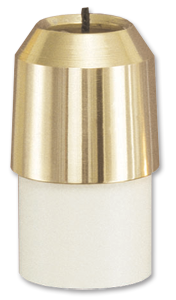
A correct size follower is determined by the diameter of the candle to be used.Tonini's can assist you in selecting the proper sized follower for your candles.
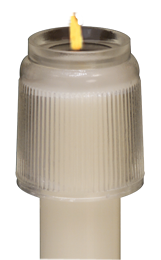
A clean, glistening follower looks better and performs better. To remove any accumulated wax from the follower, immerse in warm water and wipe clean with a soft cloth. Use of abrasives may effect the finish of the followers.
Back to TopHow to find the right size candle?
Ensure a proper fit before you order your church candles. Download the Cathedral Candle RightSizer™ Calculator to quickly and easily measure candles and candle socket diameters.
Cathedral Candle has provided a video on how to properly use the Candle Rightsizer Calculator. To start the video right click and goto play or toggle the pause/play button below.
Back to Top
